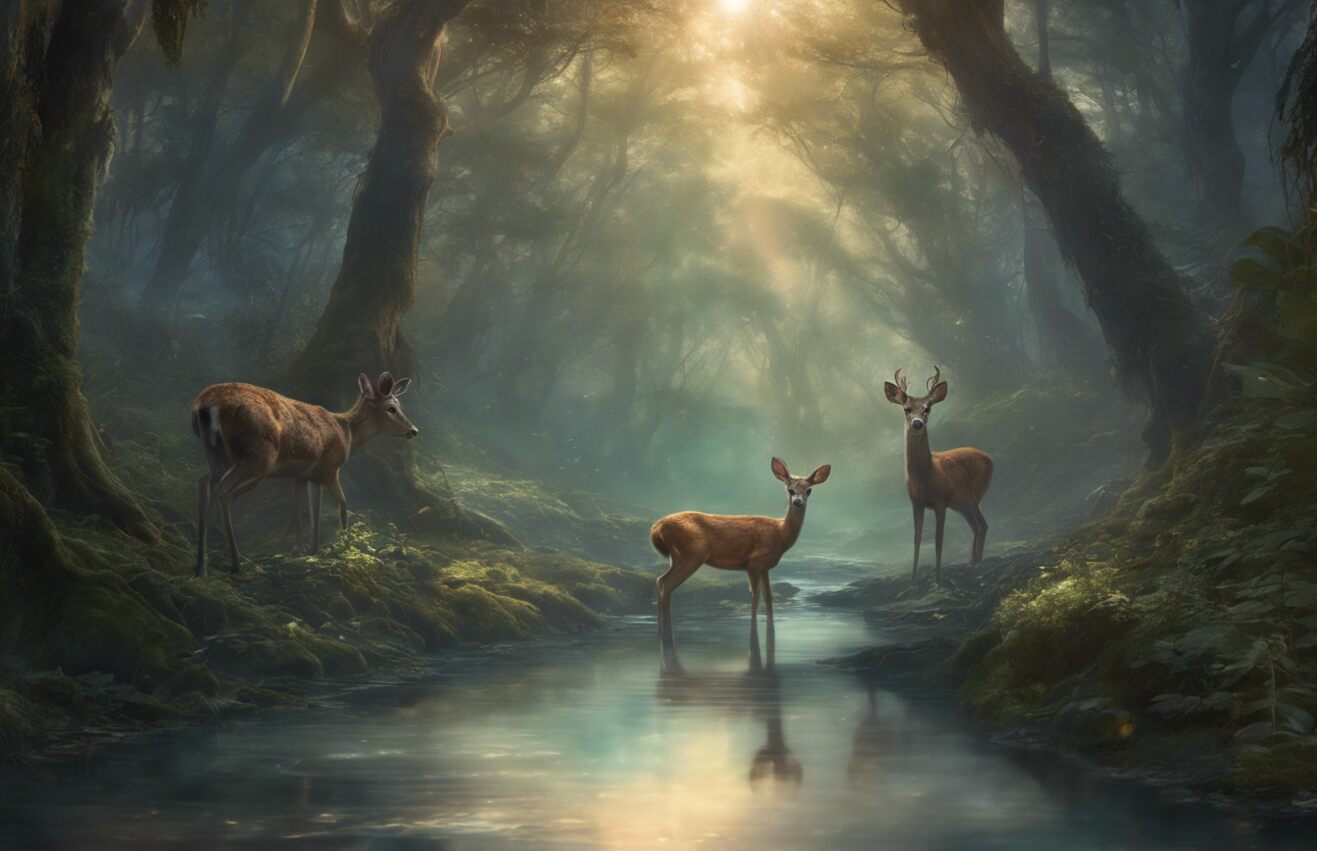
Hello there, today we'll explore the fascinating field of wildlife habitat management in woods today and see why it's an essential component of the puzzle for preserving the stunning wildlife on our world.
There is a dense forest full of life somewhere not too far from where you are. Squirrels occupied collecting nuts, deer gracefully moving, and birds singing sweetly. It sounds as though nature herself is conducting the symphony. Imagine now that land management practices gone wrong or deforestation had upset this harmonious ecosystem. That alone breaks my heart.
Natural ecosystem conservation and preservation heavily depend on wildlife habitat management. Having walked through forests for many hours, I have seen directly how habitat loss affects animal populations. A harsh reality out there is species losing their homes, battling to find food and water, and being threatened by predators because they have nowhere to hide.
Thankfully, in these circumstances wildlife habitat management is the unsung hero. Our furry (and not so furry) friends can have the resources they need to live by carefully designing and putting into practice plans to preserve and improve habitats within forests. Creating bird nesting places, paving the way for bigger animals to move around freely, and keeping a varied vegetation that supports a range of species are all part of this proactive approach.
Wildlife corridor development is an essential component of wildlife habitat management. Animals may travel between different places in quest of food, mates, and shelter thanks to these pathways that link dispersed habitats. By preserving these pathways, we support genetic diversity within species and help avoid population isolation.
Invasive species are removed, native vegetation is planted, and sustainable land use techniques are implemented as part of habitat management initiatives. Wildlife is benefited by these activities, which also improve ecosystem health generally by making ecosystems more resilient to environmental changes like climate change and natural calamities.
Essentially, the maintenance of wildlife habitats is essential to guaranteeing biodiversity and ecological balance in forest ecosystem. Our ability to preserve and improve wildlife species' habitats will help to build a more sustainable future in which people and nature may live in harmony.
Still, maintaining whole ecosystems is just as important as safeguarding specific species. Every plant, insect, bird and mammal contributes in a different way to the complex web of existence. Like a thread pulled from a tapestry, the entire system can come apart when one component disappears.
How then might we support this admirable goal? There are ways that everyone of us can help, regardless of experience level in the woods or just passion for hiking. Encourage environmentally friendly forestry techniques, lend a hand with local habitat restoration projects, and spread the word about the value of conservation. Every little effort adds up to a big difference.
Wildlife habitat management protects the biological variety of our world for coming generations, not just cute animals. As custodians of this amazing planet, let us welcome our duty and cooperate to make sure that forests continue to be safe havens for wildlife. It is, after all, our house as well as theirs.
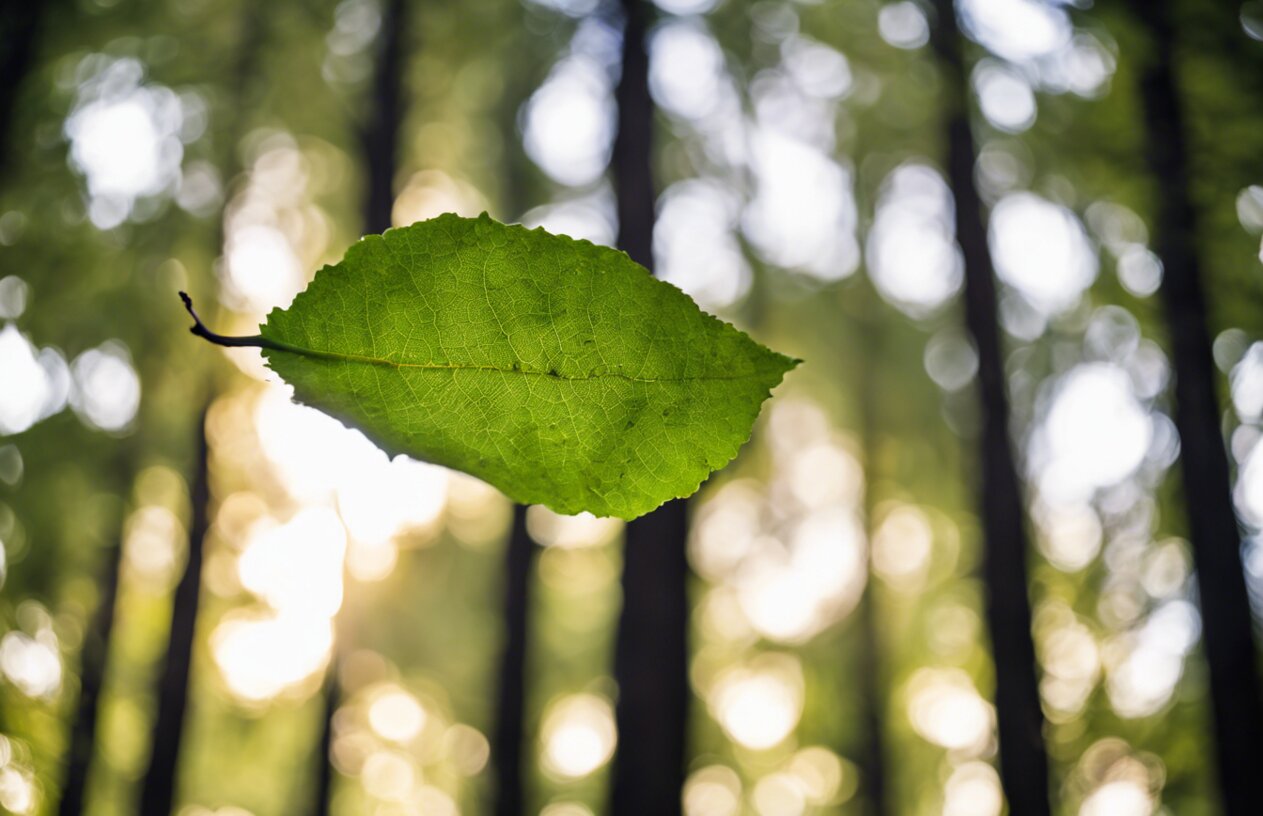
We're delving into the amazing realm of tree species identification today. Knowing the various species of trees can really improve your outdoor experience, regardless of experience level with trees.
Let us first discuss the need of tree species identification. Understanding local ecosystems and biodiversity to making wise choices about conservation initiatives are just a few of the ways that knowing the kinds of trees around you can be helpful. Going through the woods and being able to identify that majestic oak or elegant maple is also just plain fascinating.
Alright, ready to get started? Great! Now on to some methods of tree species identification now. Among the most often used techniques is leaf examination. No matter the tree there are important hints in the size, arrangement, patterns, and shape of the leaves. Because of their characteristic palmate shape and serrated edges, maple leaves, for instance, are readily identifiable.
Bark is a further important characteristic to notice. Between species, bark varies in texture, color, and pattern. Consider the distinctively white bark of birches or the deeply creased bark of an old oak; each has a different story to tell.
Remember fruit and flowers as well! These reproductive structures may be identifying clues. Picture the vivid cherry tree blossoms or the spiky sweetgum balls strewn over the ground.
There are also many of apps available that use image recognition technology to help identify trees based on pictures you take for those tech-savvy tree lovers.
When I first got started I found carrying a pocket guidebook with vibrant pictures to be useful when I first started learning about tree species identification. My nature walks became thrilling treasure hunts as a result!
Let's quickly review now using instances:
- Oak Trees: Recognizable by their lobed leaves and of course the acorns they produce.
- Pine Trees: Distinguished by clusters of needle-like leaves that make up the body of the tree.
- Maple Trees: Easily identified by their distinctive palmate-shaped leaves which appear on the Canadian flag.
- Birch Trees: Characterized by their striking white bark that is a personal favorite of mine.
- Apple Trees: Hum, these can be a bit tricky, but just watch for delicious fruits in the fall and fragrant blossoms in the spring.
I selected trees that everyone will readily know so that children will find it easy to follow along. Tree identification comes down to patterns, and how well we can recognize them. Recall that when identifying tree species, practice makes perfect. Leave the house, pay close attention, and before long you'll be identifying various trees like an expert!
So the next time you're out enjoying the wonders of nature, stop to notice the variety of trees all around you; they all have a unique story to tell. Happy searching for trees!
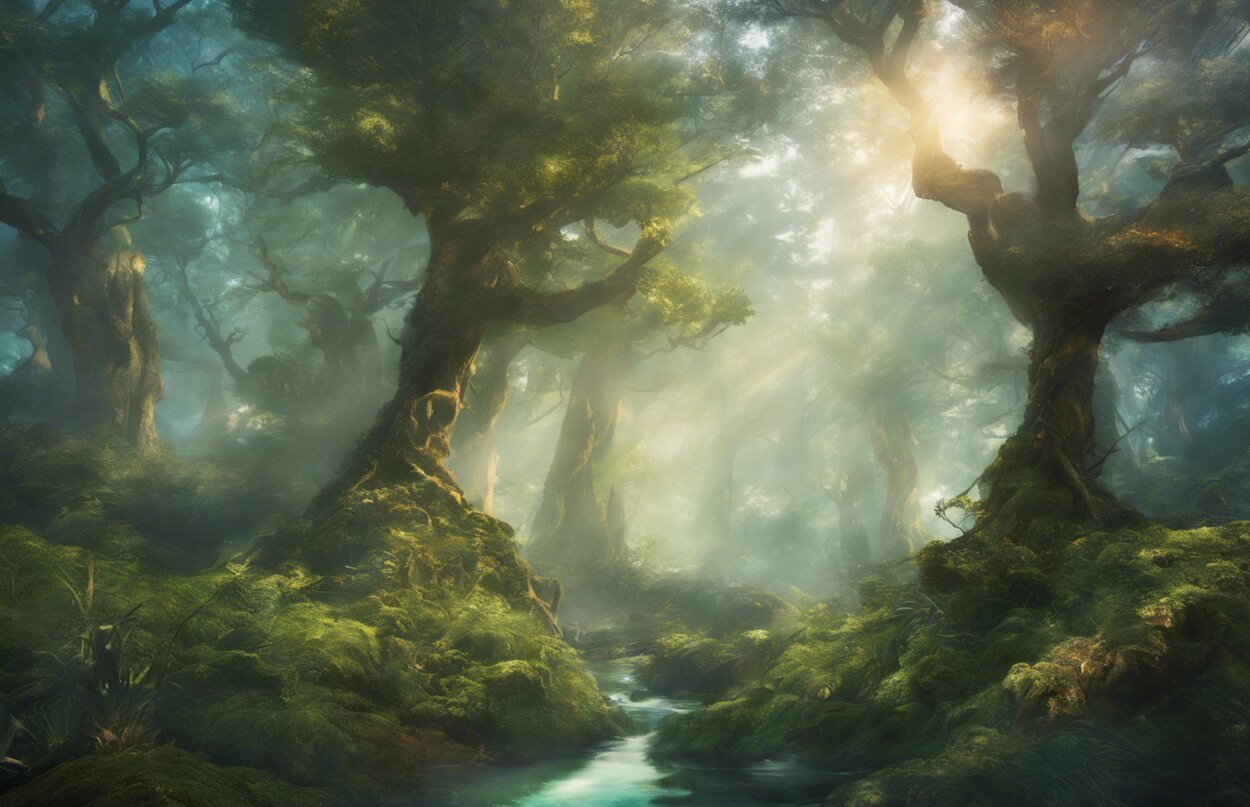
Probably by now you're interested in learning more about these programs and why they exist. Now buckle up because I'm going to reveal something insider!
Forest certification programmes are vital if we are to ensure that forests are managed sustainably and preserved worldwide. For those of you who are interested in this field, there are two well-known organizations to research, they are the Programme for the Endorsement of Forest Certification and the Forest Stewardship Council. These groups both significantly advance the field. One of the main contributions these initiatives have made is to promote moral forest management methods that help local communities, biodiversity preservation, and the fight against climate change.
Established as a non-profit in 1993, the Forest Stewardship Council (FSC) works globally to set social and environmental guidelines for ethical forest management. Part of the FSC certification process is a thorough evaluation of forest management methods to ensure that they fulfill these standards. With the use of this certification, customers can identify products coming from forests that are managed sustainably and make wise purchases.
Similar in approach is the Peer-Edwards Forestry Commission (PEFC), an autonomous body that encourages sustainable forest management through its certification scheme. You can be sure that certified forests by the PEFC have met the strict standards that emphasize social responsibility, environmental protection, and economic feasibility.
Forest owners may show their commitment to ecologically friendly forestry methods and support the global effort to stop deforestation and preserve natural habitats by earning PEFC certification.
The maintenance of healthy forests worldwide is greatly dependent on the FSC and PEFC certifications. Programs like selective logging, reforestation, and habitat preservation help to maintain the ecological balance that exists in forest ecosystems. They also uphold the rights of indigenous people who otherwise have little agency, back fair labor practices for at risk groups, and encourage economic growth by implementing ethical forestry practices in the communities where they operate.
Programs for forest certification offer hope for the natural resources on our world, which are in jeopardy of being exhausted by climate change and biodiversity loss. Through following strict guidelines set by groups like the Peer-Edwards Forestry Commission (PEFC) and the Forest Stewardship Council (FSC), forestry industry stakeholders can work together to guarantee that forests remain healthy ecosystems that benefit people and wildlife for coming generations.
Just How Effective Are They?
Personally, I can vouch for the fact that these certification programs are crucial to the process of preserving our valuable forests having worked in the forestry industry for a number of years. If you come upon a product that has the FSC or PEFC certification, it's like having an official seal of approval indicating that the product comes from a forest that is responsibly and environmentally managed.
As a member of a certified forest management team, you have to follow very strict rules about community involvement, reforestation initiatives, and logging operations. Making sure that next generations will have the chance to enjoy the natural treasures that our forests have to offer is just as crucial as felling trees.
If a career in forestry or a related field interests you, you should be knowledgeable about forest certification programs. Without these certifications proving their commitment to environmental preservation, companies involved in sustainable forestry are unable to operate.
Gaining understanding of FSC and PEFC standards can make a big difference in terms of interesting career prospects in sectors like ecotourism, conservation, or forest management.
Thus, look for labels indicating the FSC or PEFC certification the next time you are out shopping for wood products or admiring exquisite furniture crafted from timber. Buying certified goods shows your dedication to ecologically friendly forestry methods and advances the state of our world.
Moreover, programs for forest certification are not only a kind of bureaucratic red tape but also potent tools that can be used to safeguard our forests and guarantee a future where everyone will live in a more ecologically friendly environment. I would like to warmly invite you to join me in promoting environmentally friendly practices and informing people about the importance of certifications like FSC and PEFC because I have personal experience with the enchantment that can be found in well managed forests.
Every one of us can change things, one tree at a time!
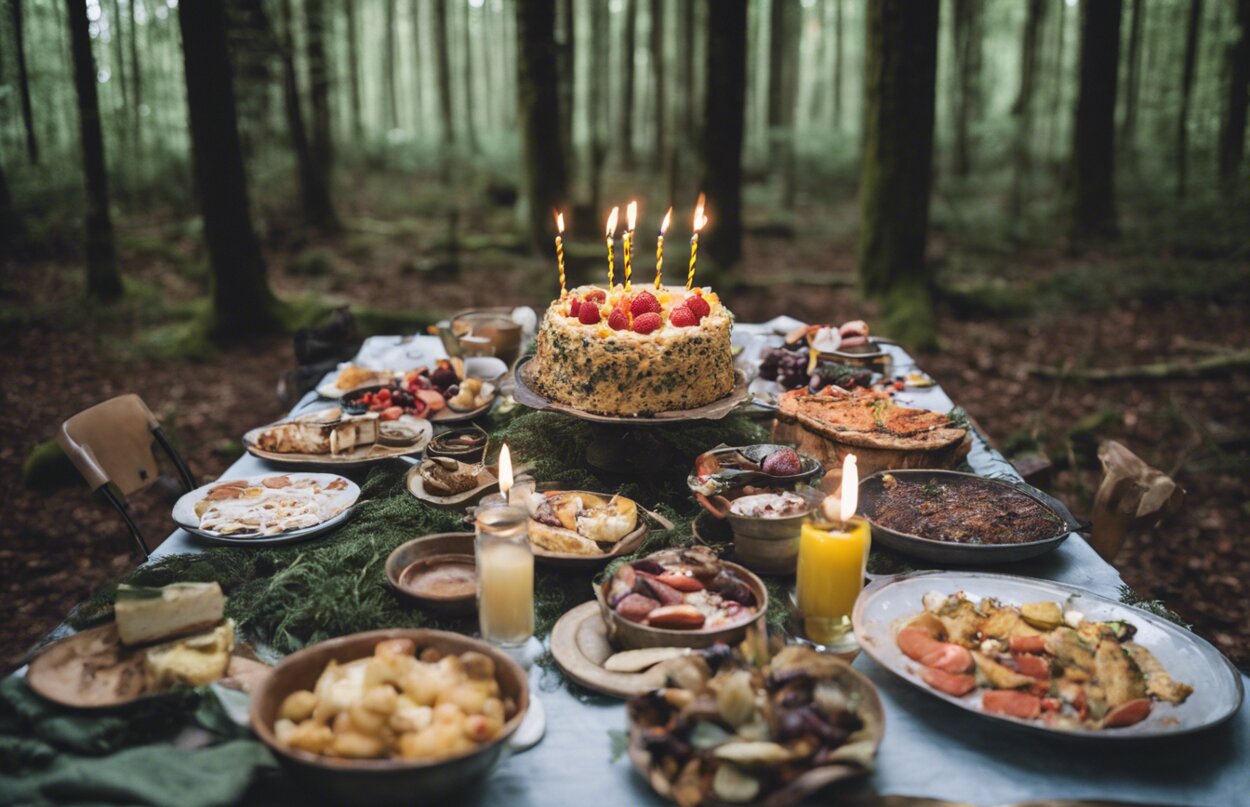
I've been working in the field of forest ecology for years now—longer than I've been employed professionally—and I can tell you that it's a demanding career. Don't let that, though, turn you off! Our environment needs our protection, and the difference we make is very satisfying because you are protecting the environment for your children as well as the flora and fauna.
My first worries were about juggling my work and (family) life. Long days in the field appeared to leave little time for spending with my friends and family. But, suprise. Making that balance work is everything.
Consider my daughter. Growing up in the middle of nature, she is learning about trees, plants, and animals directly. She has now begun including our work into her life, and it is all worthwhile to witness her growing interest and passion for the natural world.
Our little girl is quite the wild one and she developed so fast right before our eyes.
Speaking of which ... her birthday is coming up.
Encorperating the Forest into Her Birthday Party
With my daughter's birthday approaching, I can tell you that she is ecstatic. Despite her many interests, this youngster's real love is for forest animals. Considering all of the stuffed animals on her bed, it almost looks like a zoo—although her grandmother's red fox is her particular favorite.
It's her big day, so she's been harping on how she wants all of her animal friends to attend her party! We've chosen to invite a few of the kindergarten kids even though she's still a little young for "friends". It's not my strong suit, I must admit, but fortunately for us, her dad loves planning parties.
It seemed easy enough when I was in charge of planning the invitations. Finding ones that fit our woodland creature theme, though, proved more difficult than I had anticipated. That was before I happened onto this amazing website with a whole section devoted to forest animals! Like winning the lotto, it felt, so good to have that many choices. Also a little bit daunting.
My daughter was a great help in choosing the invitations, and boy, did she have strong opinions! Her excitement was infectious and she knew exactly what she wanted.
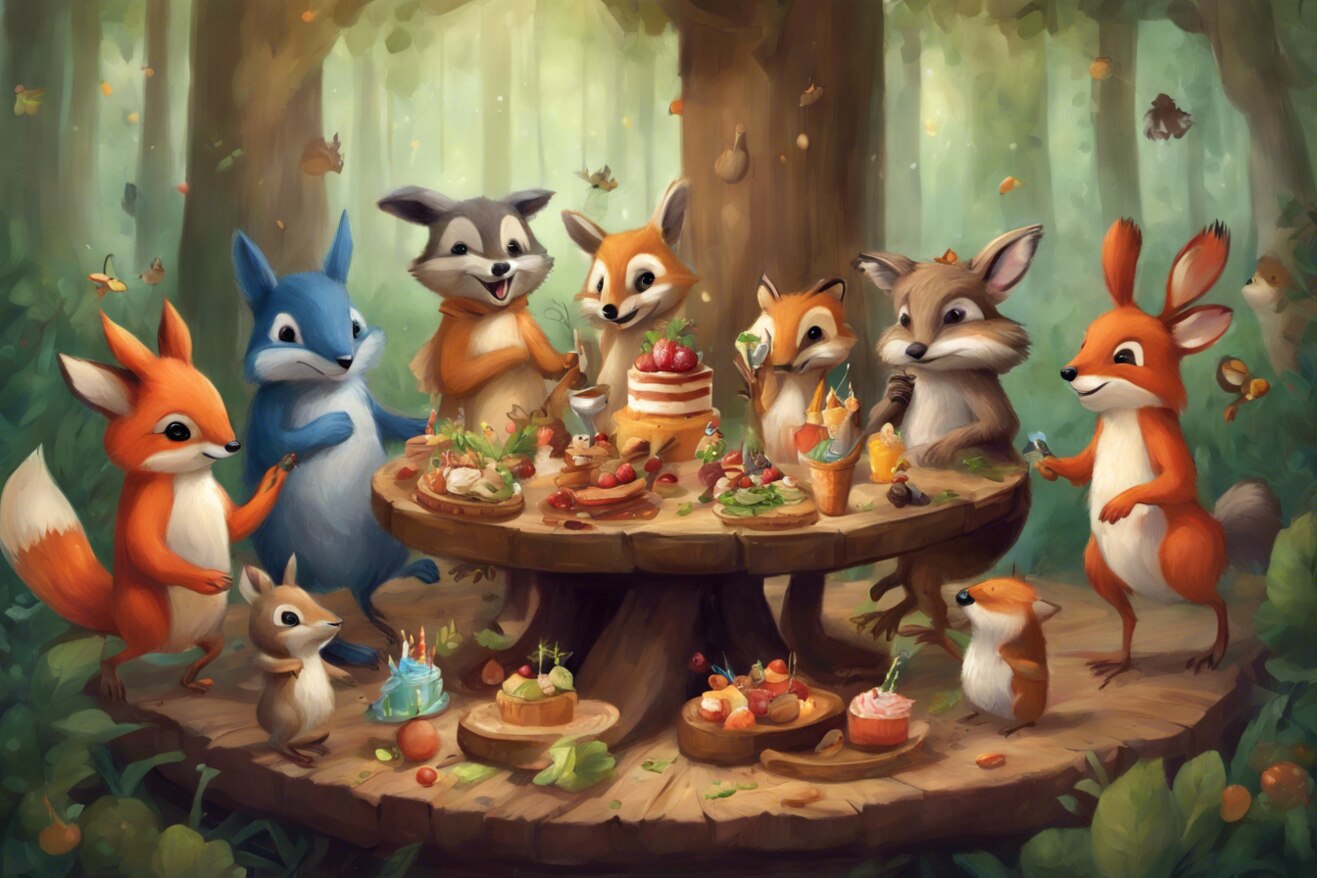
We flipped through designs that included cute animals that looked like her favorite stuffed toys. Warmth came from the happiness on her face as we selected them. Though our guest list was small—mostly family and a few close friends—watching it gradually fill up made me realize how quickly our little girl is growing up in front of my eyes.
It has been a wonderful journey to become a mother; at first, it seemed overwhelming, but what a blessing it has proven. It's funny how life can turn around from concentrating on our education and jobs to now organizing our child's birthday parties with a woodland theme.
I feel so incredibly fortunate as we get ready for our daughter's fourth birthday celebration among a plethora of woodland animals. Who would have imagined that I would be here today, excitedly anticipating a celebration full of forest animals, back in the day when other things tugged at my attention? You are definitely surprised in the most amazing ways by life!
One birthday party at a time, then, is how to navigate motherhood because there's nothing like witnessing your child's face light up with pure delight as they celebrate another year of life with those who love them. Happy and loving travels to all the other parents out there. May yours be as full of both.
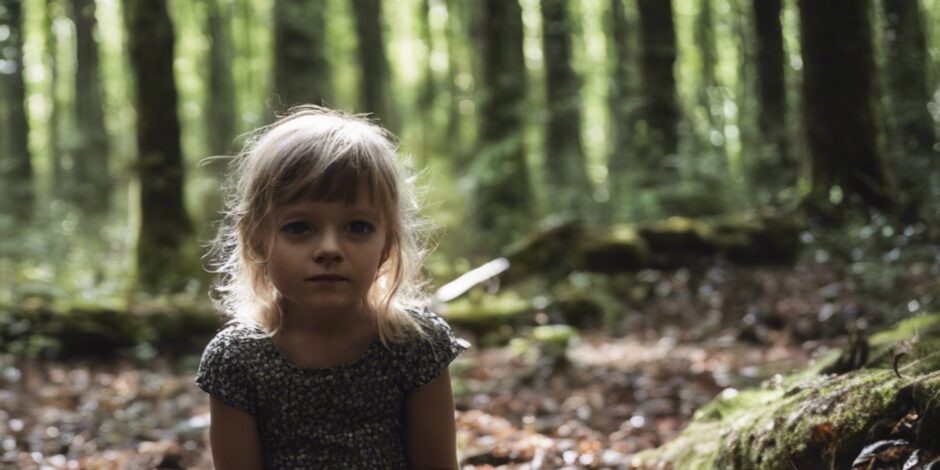
Fostering in Children a Love of Nature
Developing in our children a passion for the great outdoors begins early. I wanted to discuss today the need of developing this relationship and how we might do it together.
I'll tell you a secret. Among my best childhood memories are of exploring the woods behind my house. It was enchanted, the sound of chirping birds and rustling leaves. Those encounters helped to mold me into the current nature enthusiast. I'm determined now as a parent to instill in my daughter this love.
Just why is it so important? Well, besides the obvious advantages of being outside (hello, vitamin D!), early instillation of a love of nature can produce environmental stewards for life. Children that are environmentally concerned are more likely to become adults who support its preservation.
I get a sense of fulfillment watching my daughter play among the bushes and trees. Her interest in the natural world, which piqued mine when I was her age, warms my heart. Her outdoor explorations provide her with priceless lessons in everything from plant and animal identification to an appreciation of the delicate balance of ecosystems.
Children can easily grow cut off from nature in the fast-paced, technologically advanced world of today. I thus make it a point to take my daughter on frequent nature walks, camping excursions, and hikes. She gets a break from screens from these encounters, which also help her to appreciate and be in awe of the beauty all around us.
Moreover, the future of our world depends on our ability to foster in our kids a love of nature. The following generation needs to be motivated and knowledgeable about environmental protection as problems with it keep getting worse. By rearing ecologically aware children who value conservation, we are ensuring a sustainable future for coming generations.
How therefore might we encourage in our kids a love of the natural world? Less complicated than you would imagine. Make outside pursuits entertaining and engaging first. Get kids interested and involved by taking them on nature walks, camping in the backyard, or starting a little garden together.
Key is also to teach them the value of sustainability and conservation. Describe the need of recycling or the ways in which trees contribute to air purifying. Children take in all we tell them, much like sponges do.
As kids get older, feed their curiosity. Perhaps forestry or wildlife biology appeals to them (hey, that might be your future family business!). Early on, expose them to many facets of jobs connected to the environment; it might just ignite a lifetime passion.
Recall that the idea is to give them experiences that let them recognize the beauty and importance of nature rather than to make them love it.
I am improving both her life and the environment when I see my daughter skip through the forest with a fresh sense of amazement and wonder. And that is something worth leaving behind. Growing a love of the natural world in kids is an investment in the future of our world, not just outdoor play. Let us therefore take our children on a tour of all the wonders that Mother Nature has to offer!
How do you think children should be connected to nature? I would be delighted to hear your stories and advice below!

Hello there, like-minded environmentalist! Let us explore today the reasons why children—even the youngest among us—must comprehend and value the beauty of our forests. And you guessed it? Their respect of these green giants can be greatly influenced by picture books, literature, and stories told from the viewpoints of animals.
Imagine a toddler lost in a vibrant picture book full of playful squirrels, chirping birds, and towering trees. That child is learning about the enchantment of forests in addition to enjoying a story. These visual treats not only pique interest but also early on instill awe and reverence for the natural world.
Talking about literature now. Readers can travel to many worlds with stories' amazing ability. Youngsters who read about animals navigating the forest or trees talking to one another grow to be empathetic to nature. They begin to view forests not as collections of trees but as complex ecosystems full of life.
Ever hear kids acting out animal characters from their favorite stories? It teaches as well as being cute! By taking on the characteristics of these animals, kids start to comprehend their places in the forest ecology. They pick up knowledge of predator-prey dynamics, symbiotic relationships, and the value of biodiversity without even realizing it.
I know from personal experience that young brains can be sparked to a love of conservation by storytelling. My all-time favorite book as a child was one about a bear exploring the forest. A career in forestry eventually sprang from the curiosity that that story sowed. Who knew a story from my early years would influence my career?
I thus offer my sincere counsel: let's tell our children stories that honor forests and wildlife. Let them fly with eagles through the pages of books, dance with deer, and befriend bears. That's the reason early environmental education is so crucial. It helps kids become future environmental stewards who will protect our forests for coming generations in addition to bookworms.
Giving children the keys to a plethora of knowledge and respect for the natural world is like giving them the keys to the wonders of forests through engrossing stories. So go ahead and pick up that picture book or tell that forest tale—you might just be sowing the seeds for a future that is more ecologically friendly!












